Think of Australia, and some common myths about life “Down Under” will spring to mind. After living in Queensland and relocating from the UK, I thought it was time to investigate some of the common Australian myths and discover which, if any, resemble the reality!
How many of these Australian myths have you heard of?
Everyone is called Bruce or Sheila
I love this one and have been disappointed to have not met many people named Bruce or Sheila in 3 years!
I do quite often drive on the Bruce Highway. This 1679 km road joins Brisbane to Cairns. Unfortunately, the road isn’t named after a bloke called Bruce (well, it is, but it was his surname.) Apparently, Harry Bruce was the State Minister for Works in Queensland when the highway was named after him. So now you know!
If Aussies aren’t calling their kids Bruce and Sheila, what popular names are they using? In 2017, the top three girls’ names were Charlotte, Olivia, and Mia, and the top three boys’ names were Oliver, William, and Jack. Nothing unusual there. However…..
One name you will hear all the time is Lachlan (or Lockie). It is number 10 on the list of popular boys’ names, apparently (and has been for over 20 years. Other Scottish names like Hamish and Angus are also popular, but not to the extent of Lachlan!
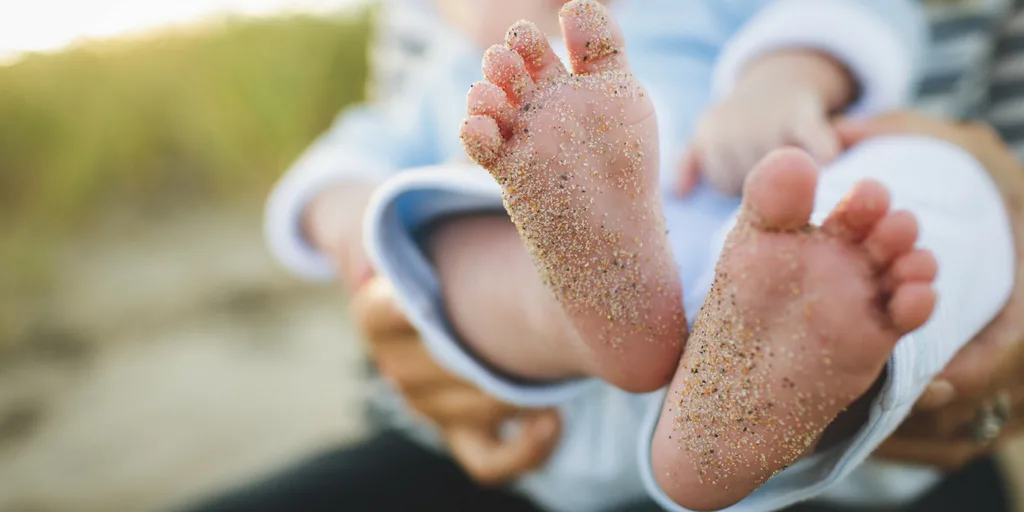
All Australian animals want to kill you
No, not all Australian animals are deadly. Kangaroos, koalas, echidnas, possums, platypus, quokkas, and other creatures that make you go aw live here, too.
To see the wonderfully named quokka, you must visit Rottnest Island near Perth, the best place to see this cute little marsupial.
Whilst there are sharks, crocodiles, deadly snakes, spiders, jellyfish and other creatures we all associate with Australia you won’t find them lurking under every bush! (Certainly not sharks anyway)
Many Australians never see a snake or crocodile unless they go to the zoo! However, I should add that I have “met” 3 snakes since we moved here, which my Aussie friends find hilarious!
Think you know about Australian animals? Take my quiz and find out!
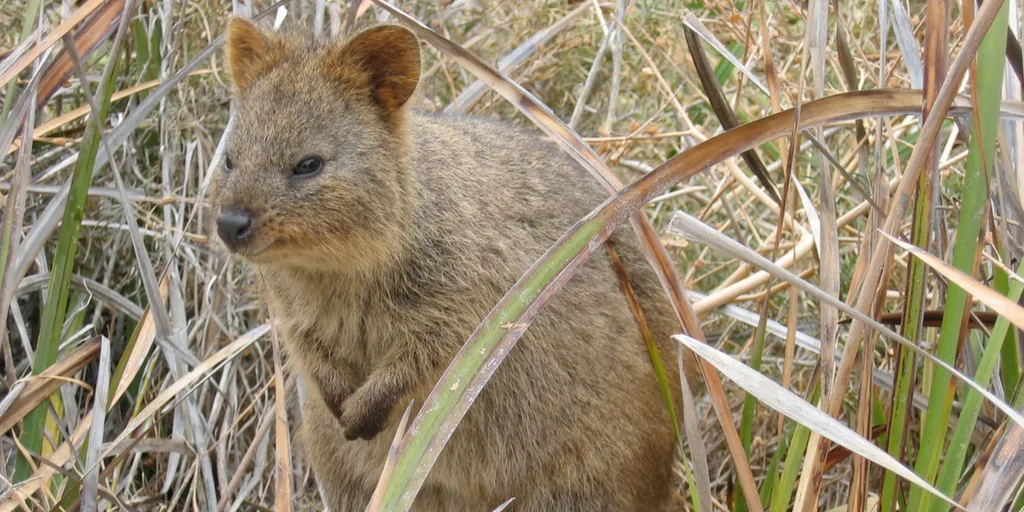
Sydney is the capital of Australia
I have to remind myself of this one, and probably quite a few people who actually live in Sydney forget this too!! (Or is that wishful thinking on their behalf?)
The capital of Australia is Canberra, which is located in the ACT—the Australian Capital Territory. This is just to remind everyone that it is the capital. Personally, I would vote for Melbourne over Canberra and definitely over Sydney, but let’s not get into that little debate…
Canberra was chosen in 1901, and there was actually a competition to design it! I remember reading Bill Bryson’s take on Canberra in his book Down Under: Travels in a Sunburned Country. I’m not sure if he has been allowed back since! This is a highly recommended book if you haven’t read it already.
Apparently, and I quote, “a suggested name for the nation’s capital Canberra was Sydmeladperbrisho using the first syllables of the state capitals.” Can you imagine getting that answer right in a pub quiz?
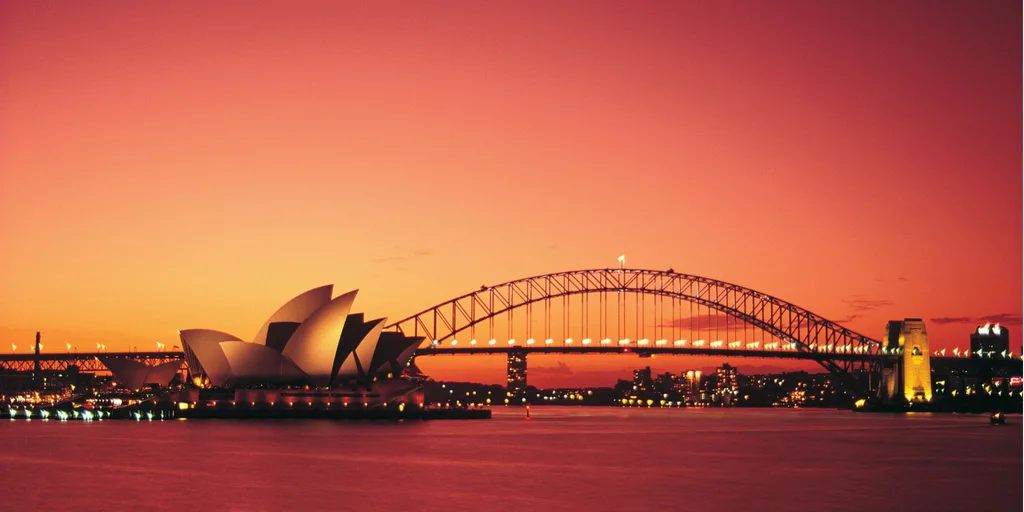
Koala ‘bears’ are …. bears
We all say it—koala bears….And then you come to Australia and are told they aren’t actually bears! In fact, they were only called bears because Europeans, when they arrived, thought that was what they looked like.
So what is in a name?
Koalas are actually marsupials. They are only found in Australia—and only in the coastal areas of eastern and southern Australia! So don’t plan on seeing any in Western Australia, Tasmania, Northern Territories, or ACT unless you go to a zoo!
The koala in northern populations are smaller and lighter than the ones in the south (they probably need more insulation to cope with the freezing winters down there!!)
Koalas are herbivorous and picky eaters, eating only eucalyptus leaves. They sleep 20 hours a day, apparently. This is not due to being doped up on eucalyptus leaves (another myth) but mainly due to the low energy that their diet provides them. They can’t waste calories unnecessarily.
In the wild, koalas may live from 13 to 18 years of age. They are often killed or injured when hit by cars or attacked by dogs. They also suffer from diseases such as chlamydia and are vulnerable during bushfires due to their inability to move quickly.
In some states, such as Queensland, you can cuddle a koala, but most states do not allow it.
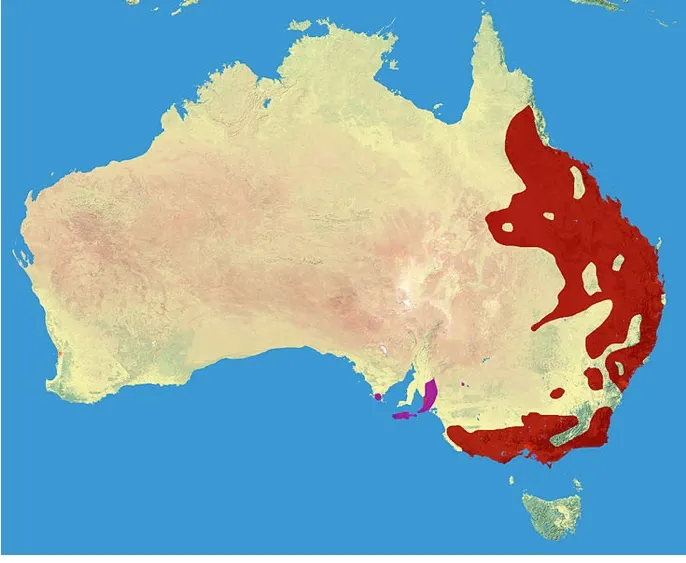
It is always hot in Australia
It is always hot in Australia. Nope. I mean, have you been to Melbourne or Tasmania in winter? It even dropped to a freezing 18 degrees in Darwin on April 11, 2017. Brutal.
No, seriously, though, Australia has 8 territories and states, and the climate varies greatly in each. While there are 4 seasons in most of the country in the north, you get 2, the wet and the dry.
I live in the southeast of Queensland, where the weather is best summed up as beautiful one day and perfect the next. I couldn’t have said it better myself.
The seasons in Australia are opposite to those in the northern hemisphere, though, so do remember that when booking a holiday to Australia!
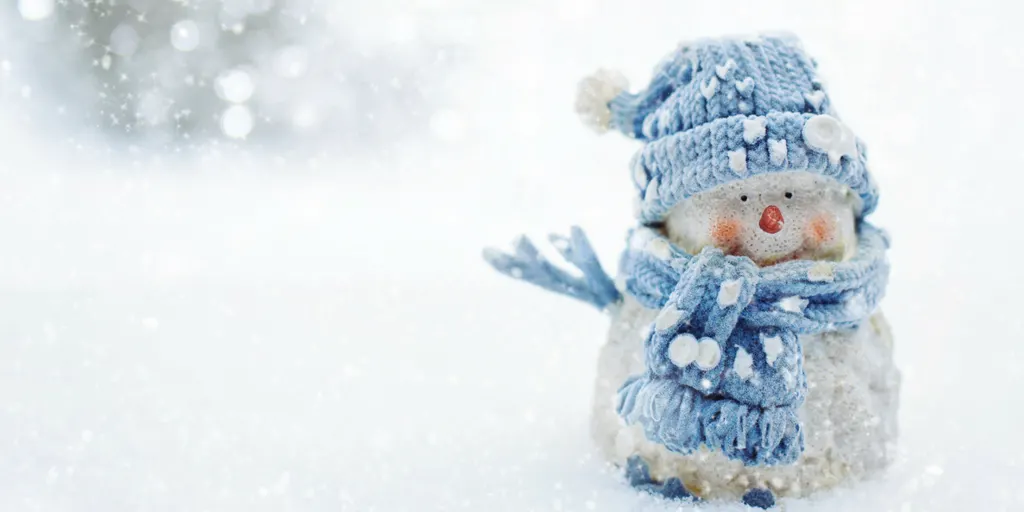
Boomerangs always come back.
Apparently, boomerangs do not all come back! I only learned this when we visited Uluru.
Thousands of years ago, boomerangs were invented to bring down hunted animals. These throwing sticks were heavy and strong. They were designed to break an animal’s leg and bring it down when thrown. These boomerangs didn’t need to return as the hunter could simply pick it up.
I was told, though, that boomerangs, as we think of them, were designed to catch birds. First, the boomerang unsettled the birds and then knocked a few out of the sky as they took flight.
Today’s Boomerangs are probably one of the gifts most purchased by tourists to Australia, along with cuddly koalas and hats with corks. Maybe.
Boomerang throwing is now a serious international sport, with Germany and the USA apparently leading the way at the world championships. Apparently, no one from Australia has won in the 31 years the competition has been running.
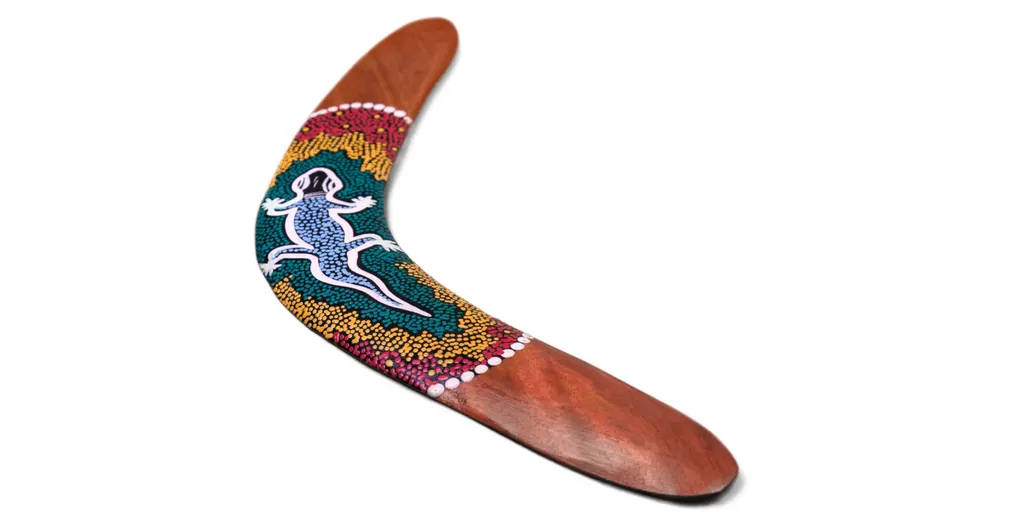
Find out more about Australia
I have lots of information on my blog about travel in Australia so do check out some of these posts. There is sure to be something to help you plan your trip or move to Australia.
